The best and worst scenarios for every East team this season
Every NBA team comes into a new season believing (or at least hoping) it can be the best version of itself. At the same time, each campaign comes with corresponding downside potential.
So, with training camps beginning this weekend, let's look at the best- and worst-case scenarios for all 30 teams in 2019-20.
(Check out the Western Conference edition here)
Atlantic Division
Boston Celtics
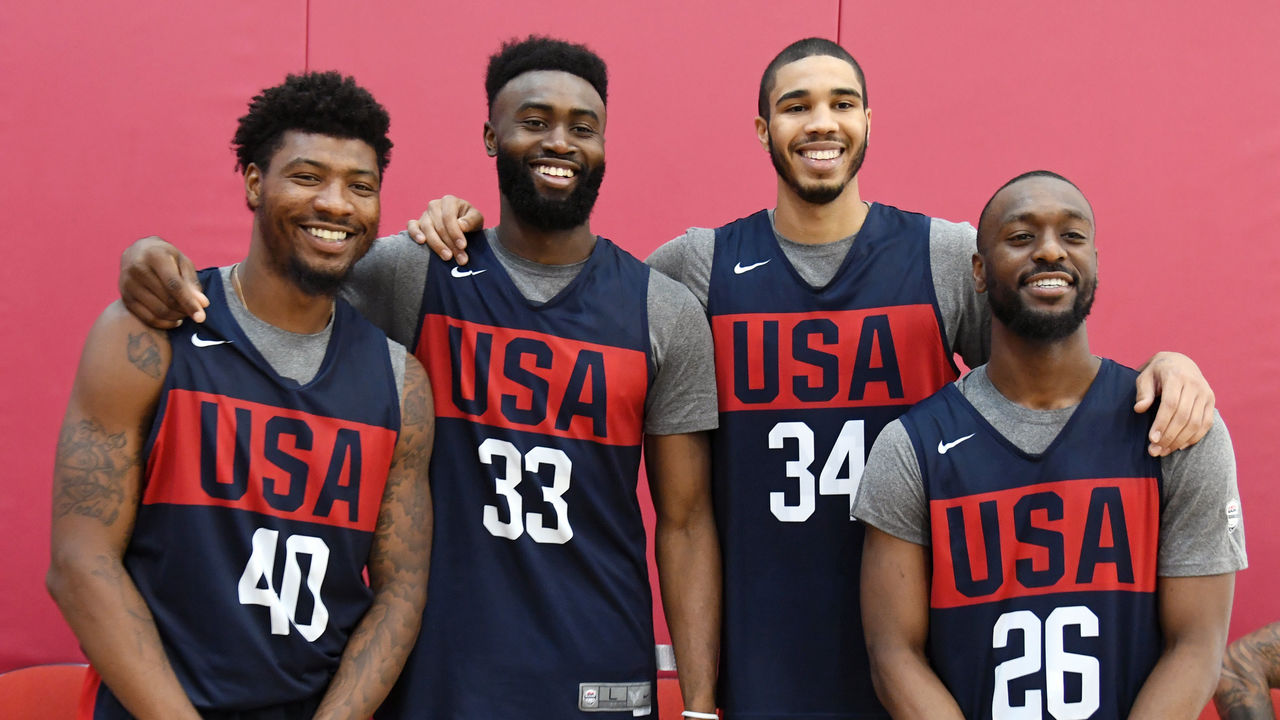
Best case: Kemba Walker fills Kyrie Irving's All-Star shoes on the court while leading the team in a way Irving never did off of it. Gordon Hayward looks more like the dynamic, all-around stud he was in Utah than the broken-down version of himself the Celtics got last season. Jayson Tatum shakes off the poor shot selection that derailed parts of his sophomore campaign to get back on a track to stardom. An elite offense helps the Celtics overcome the defensive deficiencies of their new-look roster, and the team rolls to a top-three seed before upsetting one of the Sixers or Bucks en route to the conference finals.
Worst case: Hayward looks no better despite an extra year since that gruesome 2017 leg injury, Tatum and Jaylen Brown plateau as nothing more than solid starters, and the Celtics' defense bleeds points all season en route to a losing record and a quick first-round playoff exit. - Joseph Casciaro
Brooklyn Nets
Best case: Once again invigorated by a change of scenery, Irving performs like a top-10 player, competes at both ends, and plays nice with his new teammates. Caris LeVert makes good on the All-Star-level promise he showed at the start and finish of last season while Spencer Dinwiddie rounds out the East's best backcourt. On the front line, Jarrett Allen takes another step forward as a rim-runner/protector in the Clint Capela mold, while DeAndre Jordan finds the motivation he was lacking a season ago to help anchor a surprisingly scrappy defense. Even without Kevin Durant, the Nets hit the 50-win mark, take a playoff series, and go down swinging in a competitive second-round bout.
Worst case: Irving's individualism throws a wrench into a team that had built its identity on systematization and buy-in from the entire roster. Injuries continue to interrupt LeVert's progress and his breakout never comes. The Nets' lack of bigger wing defenders creates a conundrum on the perimeter. They hover around .500 and ultimately get bounced in the first round as unceremoniously as they did last spring. After a feel-good, expectation-busting season and a blockbuster summer, the 2019-20 campaign proves to be a major comedown that only Durant's return can remedy. - Joe Wolfond
New York Knicks

Best case: RJ Barrett bursts onto the scene as the Knicks' first homegrown superstar since Patrick Ewing, Dennis Smith Jr. and Frank Ntilikina emerge as the team's backcourt of the future, and at least one of Julius Randle or Bobby Portis earns a long-term place in the team's rebuild. Aided by the steadying presence of vets like Taj Gibson and Wayne Ellington, New York wins a respectable 30-to-35 games, teasing legitimate potential for the first time in a generation.
Worst case: A lack of dependable supporting-cast members and spacing creates all sorts of problems for Barrett, who bricks his way through an inefficient rookie season. Having Portis and Marcus Morris fight for minutes and a contract on the same rebuilding team turns out to be a terrible idea. The ill-fitting guard trio of Smith, Ntilikina, and Elfrid Payton is an offensive disaster. The Knicks once again finish with the league's worst record and then come up empty in the draft lottery. - Casciaro
Philadelphia 76ers
Best case: With a healthy Joel Embiid as the linchpin, the Sixers author the NBA's best defense, which is swarming, enormous, and impenetrable. Ben Simmons, even without the threat of a jump shot, takes a step forward by tightening his handle and upping his off-ball utility as a screener, diver, and cutter. Between Al Horford, Josh Richardson, and Tobias Harris, Philly gets enough shooting and supplemental playmaking to carve out a top-10 offense, while Embiid refines his passing and post game to become a viable crunch-time offensive hub. After finishing with the East's No. 1 seed, the Sixers ride their defense through the playoffs to the franchise's first championship in 37 years.
Worst case: Simmons' complete lack of a jumper continues to hamstring the Sixers' offense and his limitations are exposed once again in the playoffs. Without JJ Redick's quick-trigger dribble-handoff game as a release valve, the lack of spacing becomes glaring. Embiid piles up turnovers while being double- and triple-teamed in the post, Horford's age limits his effectiveness as an offensive connector, and Richardson and Harris are overburdened as offensive initiators. The talent is there but the pieces don't fit, and the Sixers flame out in the second round. - Wolfond
Toronto Raptors
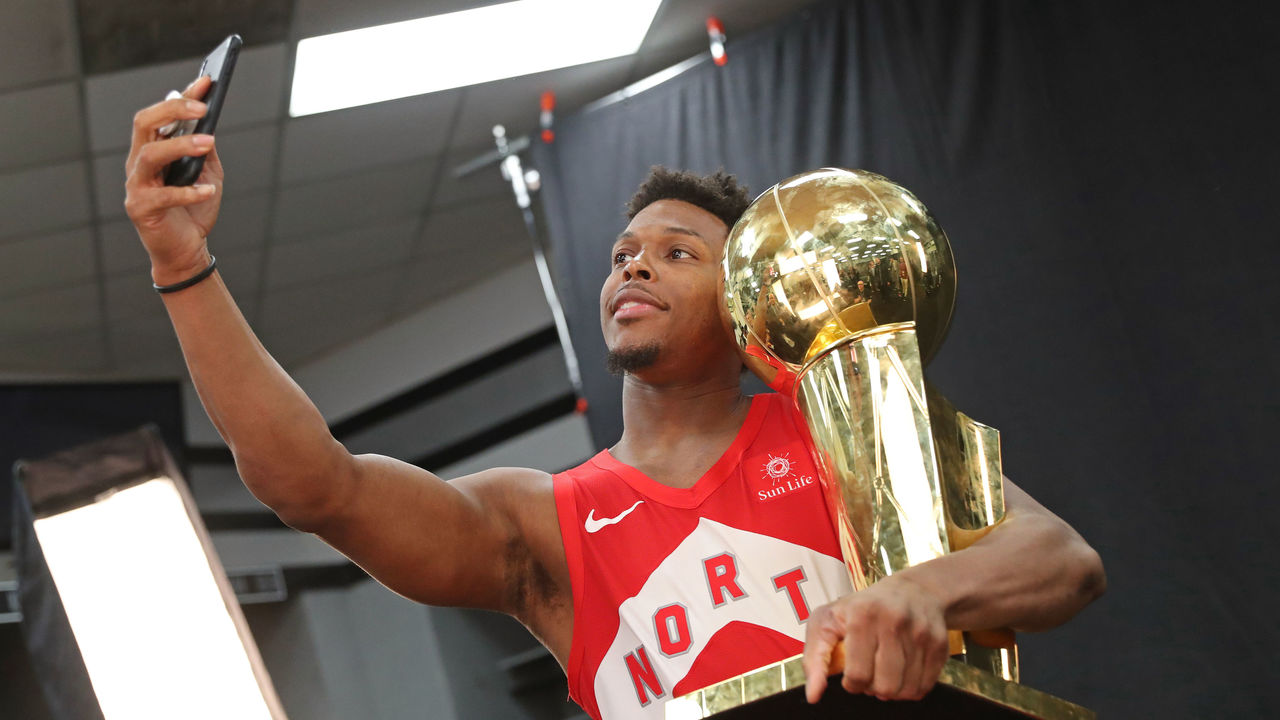
Best case: With the bones of the championship team that went 17-5 in Kawhi Leonard's absence still in place, the Raptors put forth a spirited title defense. Riding a superstar turn from Pascal Siakam, another season of do-it-all brilliance from the sage Kyle Lowry, a suffocating defense anchored by Marc Gasol, a breakout from OG Anunoby, and a Coach of the Year performance from Nick Nurse, they rack up 50-plus wins for the fifth straight season and snag a top-three seed in the East. The Raps roll to the second round of the playoffs, where they put a serious scare into Milwaukee or Philly before eventually being repaid by one of the teams they toppled en route to last year's Finals.
Worst case: The removal of Toronto's strongest link places too much stress on every other part of the chain, and the machinery stalls out. Siakam is overburdened as a No. 1 option opponents scheme for every night, and he lacks the requisite handle or pull-up game to navigate the extra defensive pressure. Danny Green's departure proves crushing in its own right, as Toronto's offense - top 10 for six years running - craters due to a dearth of shooting and the lack of a viable two-guard. Age gets the better of Lowry and Gasol, who wind up as underwhelming pieces of trade bait on an underperforming team. The Raptors become just the third franchise in NBA history to miss the playoffs the season after winning a title. - Wolfond
Central Division
Chicago Bulls
Best case: Already a fluid and dynamic scorer, Lauri Markkanen blossoms into the type of efficient, all-around star who's capable of anchoring a league-average offense. The additions of Thaddeus Young and Tomas Satoransky significantly boost the Bulls' defensive energy and IQ, as does another year of development from promising sophomore big man Wendell Carter. Satoransky also succeeds in pushing Zach LaVine into more of an off-ball role, which helps the whole offense flow a bit more freely. Between Markkanen, LaVine, and Otto Porter, the Bulls wind up as one of the better 3-point-shooting teams in the league, offsetting their lack of interior scoring. Chicago scrapes its way to a .500 record and cracks the East playoff field.
Worst case: With no plus passers and limited off-the-dribble weapons in the regular rotation, the Bulls turn to so-so creators to initiate the offense. There's no significant leap from Markkanen, so last year's 29th-ranked unit can't crack the top 20. Chicago's defense, while improved, is still hamstrung by LaVine's inattentiveness and a general lack of athleticism in the frontcourt. Coach Jim Boylen's staid, walk-it-up sets and militaristic approach quickly wear thin, leading to players-only meetings, mutiny, and eventually a coaching change. The Bulls' season never fully gets on track, and they fail to crack the 30-win plateau for the third straight year. - Wolfond
Cleveland Cavaliers

Best case: Darius Garland justifies the pre-draft hype and emerges as the second-best rookie in his class - an off-the-dribble bomber with Lillardian range who gives the Cavs a foundational star to build around. Fellow rookies Dylan Windler and Kevin Porter also demonstrate that their scoring - specifically, their 3-point shooting - can translate to the NBA level. Collin Sexton builds on the second half of his 2018-19 season by continuing to fine-tune his understanding of how to run an offense and cutting some fat out of his shot diet. He and Garland prove they can coexist in the backcourt for at least a few minutes a game. Kevin Love stays healthy and plays well enough that the Cavs can flip him for a solid return. Ditto for Tristan Thompson. Another moribund season in Cleveland brings plenty of optimism for the future.
Worst case: Not only do the Cavs have the league's worst defense, but they break their own ignominious record from a season ago by once again posting the worst defensive rating in NBA history. The Garland-Sexton pairing is a disaster at both ends due to minimal playmaking or defensive instincts between them. Love gets injured again, and his contract proves immovable without attaching an asset. Another moribund season in Cleveland doesn't hint at any light at the end of the tunnel. - Wolfond
Detroit Pistons
Best case: With a healthy Blake Griffin back at an All-NBA level, the Pistons get just enough from an underwhelming supporting cast to enjoy their best season in more than a decade. Andre Drummond makes his third All-Star Game, Reggie Jackson finally becomes a consistently steady point guard, and Luke Kennard leads the league in 3-point shooting. With the East in a state of flux, the Pistons scratch their way to 45 wins before Griffin's heroics carry them to the second round of the playoffs.
Worst case: Detroit finishes with a bottom-five offense due to a lack of shooting, playmaking, and secondary scoring. Griffin's body breaks down as he's once again forced to carry the team on a nightly basis. The Pistons return to the lottery, but they're competitive enough to miss out on a meaningful draft pick. The franchise remains the poster child for the treadmill of mediocrity. - Casciaro
Indiana Pacers
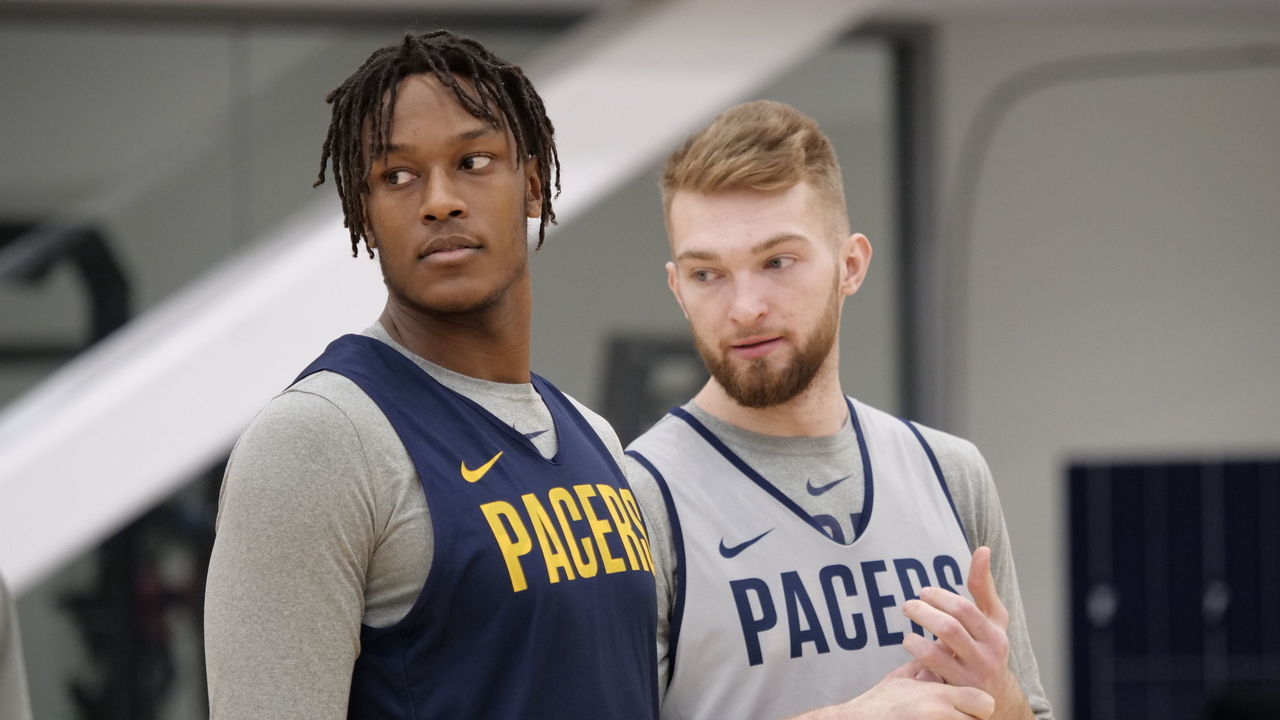
Best case: Stout defense and an equal-opportunity offense keep the Pacers afloat until Victor Oladipo returns ahead of schedule in December. Domantas Sabonis makes another leap, proving capable of playing the four-spot for extended minutes. He and Myles Turner show they can play as well together as they can apart. Oladipo returns looking every bit the player he was last year, giving the offense some much-needed juice and filling out a nasty two-way backcourt with offseason addition Malcolm Brogdon. The Pacers finish the season with a flourish to grab the No. 3 seed in the East and swing a second-round upset before bowing out nobly in the conference finals.
Worst case: Oladipo's absence lingers into the new year and he returns looking like a shell of the athletic force he was prior to his injury. As a result, the Pacers suffer from a glaring lack of off-the-bounce shot creation and finish bottom 10 in offensive efficiency, as Brogdon and an overextended Jeremy Lamb struggle to pick up the slack. The Sabonis-Turner pairing flounders, leading to a steady churn of trade rumors. Without Thad Young's intelligence and multi-positional defense to hold everything together, the once-cohesive Pacers come unglued and fall out of the playoff picture entirely. - Wolfond
Milwaukee Bucks
Best case: Giannis Antetokounmpo's transformation into a real-life Monstar is completed with the addition of a semi-reliable 3-point stroke, and he cruises to a second straight MVP selection while adding a Defensive Player of the Year Award to the mantle for good measure. Players like Khris Middleton, Eric Bledsoe, and Brook Lopez simply match their 2018-19 production, and the Bucks curb stomp their way to another 60-win season and the No. 1 overall seed before finishing the job in the playoffs. After Milwaukee celebrates its first NBA title in 49 years, the Greek Freak signs a super-max extension in the summer.
Worst case: Lopez et al fail to replicate the 3-point magic they captured last season and the league comes up with more creative ways to limit Antetokounmpo, whose jumper remains shaky. One of the East's secondary contenders exposes Milwaukee in the playoffs, and coach Mike Budenholzer is slow to adjust. Despite being a top-two seed, the Bucks are sent packing in the second round and questions about the Greek Freak's future dominate the summer after he declines a 2020 extension. - Casciaro
Southeast Division
Atlanta Hawks
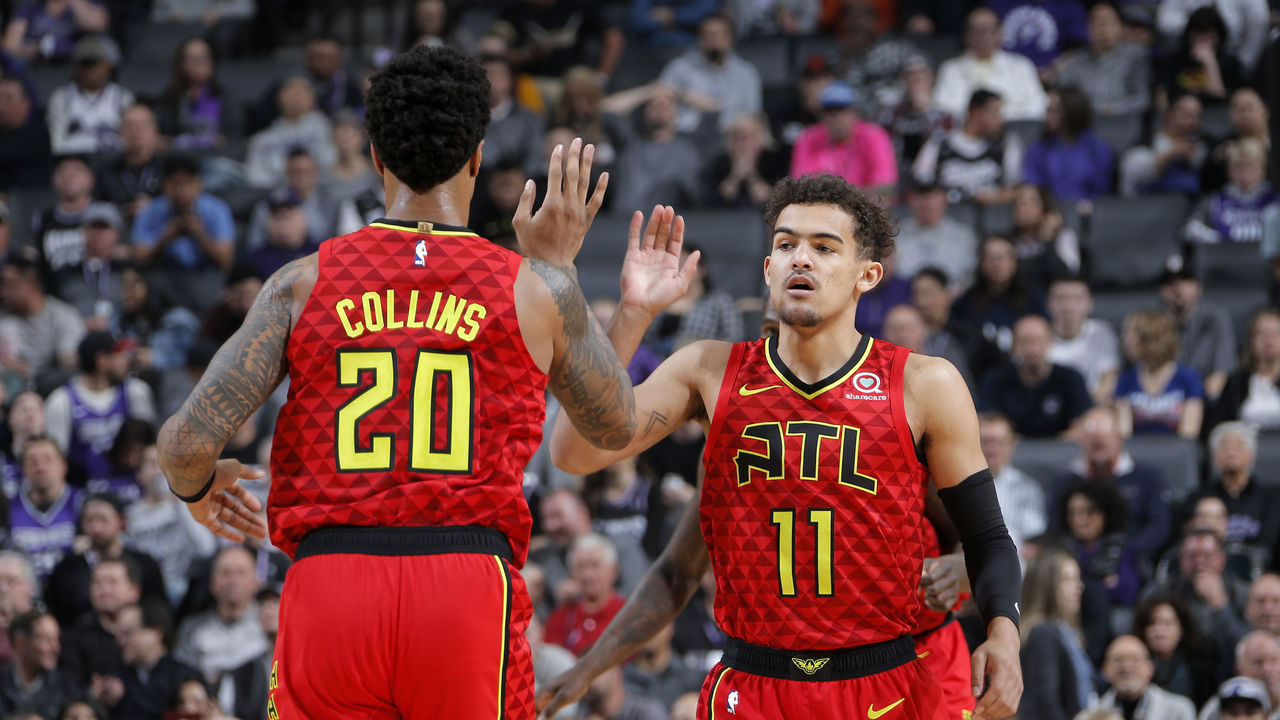
Best case: Reality catches up to perception with Trae Young's pull-up jump shot, which he turns into a legitimate weapon. His ability to bend a defense in his direction, coupled with his passing genius, frees John Collins up for a parade of bountiful rim runs every night. It really is the Nash-Amare pick-and-roll reborn, and the young duo is complemented by the shooting of Kevin Huerter, Allen Crabbe, and an ahead-of-schedule De'Andre Hunter on the wing. With help from Hunter, a more spatially aware Collins, and a much-improved Alex Len, the defense lands closer to "pretty bad" than "abject disaster," which allows the Hawks to ride their offense to the eighth seed in the East.
Worst case: The defense is an abject disaster - tissue paper at the point of attack, flimsy on the wing, and mushy in the middle. Collins remains lost at that end, Young too slight, the rookies too raw and undisciplined. Jabari Parker only adds to the mass confusion. For all his passing prowess, Young is still plagued by turnovers, and his jumper fails to progress to the point where it justifies his hubristic shot selection. Rather than taking an expected step forward, the Hawks more closely resemble the team that started the 2018-19 season than the one that finished it. - Wolfond
Charlotte Hornets
Best case: After going from the passenger seat to the trunk in Boston, Terry Rozier grabs the steering wheel in his new vehicle, showcasing his defensive chops and enough off-the-dribble panache to justify Charlotte's investment in him as a legitimate starting point guard. Miles Bridges harnesses his athletic gifts, hones his ball skills, and emerges as Rozier's dynamic running mate on the wing. Malik Monk finally calcifies into a productive offensive player, settling into his ideal role as a gunslinging second-unit captain. Competent veterans like Nicolas Batum, Michael Kidd-Gilchrist, Marvin Williams, and Cody Zeller play well enough to make them attractive trade targets for competitive teams. The Hornets scratch out 30 wins and give themselves something to build on moving forward.
Worst case: Rozier, who's never previously had a usage rate above 20.4 percent, proves ill-equipped for his expanded role. He mistakes recklessness for assertiveness and self-delusion for self-belief en route to a high-volume/low-efficiency season. He's undeterred, largely because of a lack of better scoring options in the NBA's most anemic offense. The Hornets don't fare much better at the other end of the floor, where their best defenders succumb to age-related decline. They fail to crack 20 wins, their vets bring nothing of value back in trades, and they continue to project the bleakest long-term outlook of any team in the league. - Wolfond
Miami Heat
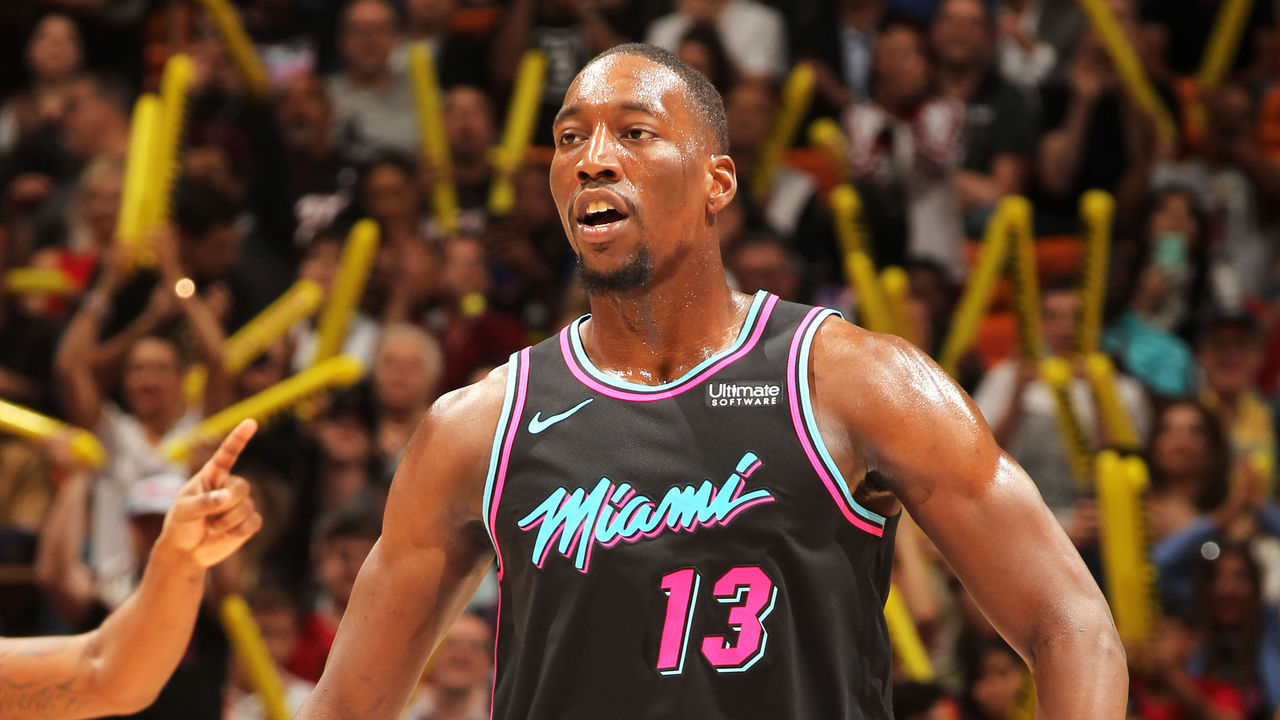
Best case: Having chosen his landing spot for the first time in his career, a jovial Jimmy Butler crafts his finest season yet and returns to the All-NBA Team. Miami's scrappy, defensively capable supporting cast is just what Butler craves: Goran Dragic enjoys a bounce-back year and Bam Adebayo emerges as one of the league's most improved players. The Heat acquire another star via trade, snag the No. 3 seed, and win at least one playoff series. Erik Spoelstra finds himself back in the Coach of the Year mix.
Worst case: The offensive limitations of Miami's roster are exposed and Butler quickly realizes he won't be getting much help putting the ball in the basket. Jimmy Buckets then loses his patience and clashes with Spoelstra while Miami finishes with a bottom-five offense for the second straight year. The Heat finish .500, are an easy out in the first round, and their attention quickly shifts to clearing cap space - and cleaning house - in advance of 2021. - Casciaro
Orlando Magic
Best case: With their 2018-19 core reunited, the Magic find the groove that saw them finish last season on a 22-9 tear before stealing Game 1 of the playoffs against the eventual champion Raptors. A rebuilt Markelle Fultz becomes the season's most unlikely breakout player while Jonathan Isaac makes a bid for Most Improved Player honors. A competitive Magic team trades for an upgrade at point guard, earns home-court advantage to open the postseason, and advances to the second round for the first time in 10 years.
Worst case: Last year's second half was a mirage and the Magic quickly realize they overpaid to keep a fraudulent roster together. Fultz never regains any semblance of a natural shooting motion while Isaac stagnates in a crowded frontcourt that also includes Nikola Vucevic, Aaron Gordon, Al-Farouq Aminu, Khem Birch, and Mo Bamba. Vucevic comes crashing back to earth alongside Terrence Ross after their contract-year performances of last season. Orlando never finds its starting-quality point guard and a poorly constructed roster craters, especially on offense. The team misses the playoffs for the seventh time in eight years. - Casciaro
Washington Wizards
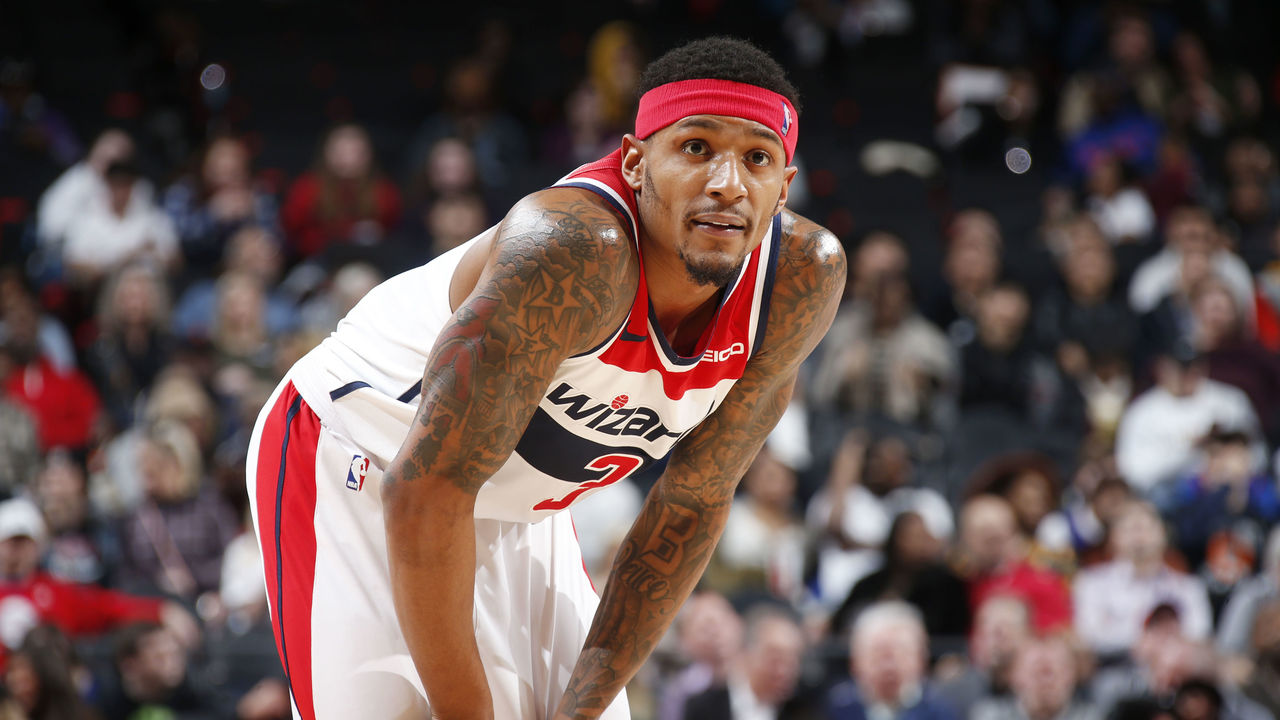
Best case: Bradley Beal takes the final step toward full-blown superstardom, rookie Rui Hachimura makes an instant impact, and Thomas Bryant solidifies himself as Washington's long-term answer at center. Beal is good enough to keep the Wizards in the playoff race into the spring, and the team's young talent makes D.C. feel something positive about the Wizards again. John Wall makes enough progress in his rehab from a ruptured Achilles to garner some trade interest.
Worst case: Have you seen this roster? The worst-case scenario could be ugly. Beal's heroics are nowhere near enough to breathe life into a depressing collection of talent, and Washington's playoff chances are buried by November. The Wizards trudge along toward 60-plus losses, realize they have no young talent of immediate value, and trade Beal in a move that completes their bottoming-out process. Wall's contract remains untradeable, and an increasingly apathetic fan base heads into the summer - an offseason with little to offer in the form of draft prospects or free agency - with no hope for the future. - Casciaro